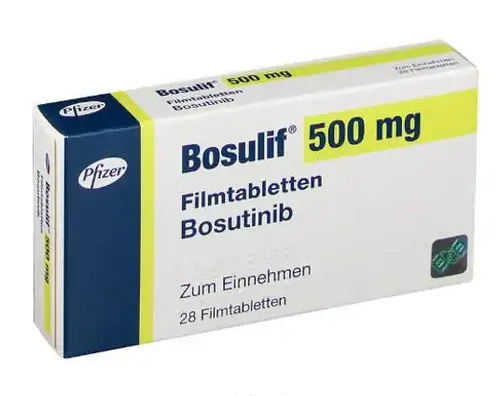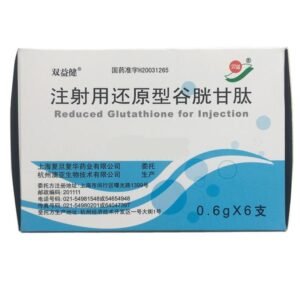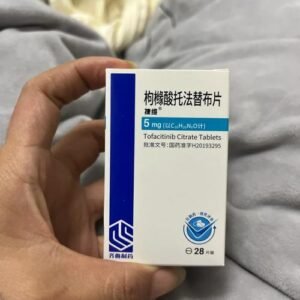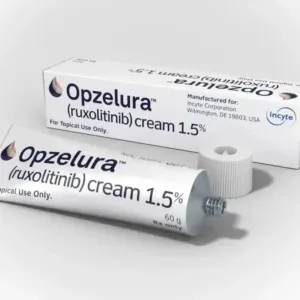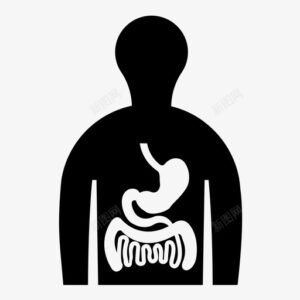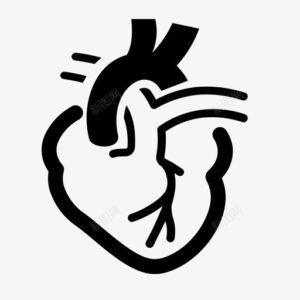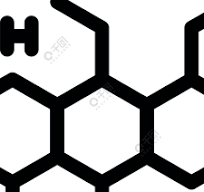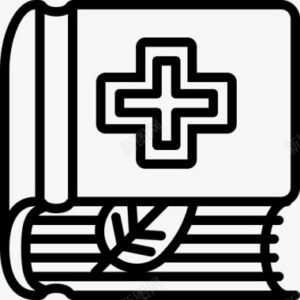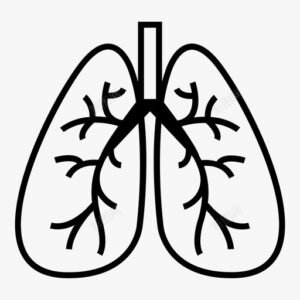Bosutinib capsule 博舒替尼胶囊
Bosutinib – Baidu Health
Functions and indications:
For the treatment of adult chronic, accelerated or blast phase Philadelphia chromosome-positive chronic myeloid leukemia (CML), patients who are resistant or intolerant to previous treatment.
Usage and Dosage:
The dosage and usage of this product may vary for different dosage forms and specifications. Please read the specific drug instructions for use, or follow the doctor’s advice. Tablets: 1. The recommended oral dose is 500 mg, once a day, taken with meals. If the missed dose exceeds 12 hours and cannot be made up, take the next dose at the scheduled time. 2. For patients who have not achieved complete hematological response after 8 weeks of treatment or complete cytogenetic remission after 12 weeks, and have no grade 3 or higher toxic reactions, the dose should be increased to 600 mg. 3. If the transaminase rises to ≥5×ULN, suspend the medication until it recovers to <2.5×ULN, and restart with a dose of 400 mg. If the recovery time exceeds 4 weeks, the drug should be discontinued. If the transaminase rises to ≥3×ULN with bilirubin rises to ≥2×ULN, and ALP<2×ULN, the drug should be discontinued. 4. If grade 3-4 diarrhea occurs, the drug should be suspended until it recovers to ≤1, and then restarted at a dose of 400mg. 5. For other moderate and severe toxic reactions, the drug can be suspended if clinically necessary until recovery, and then restarted at a dose of 400mg. If appropriate, it can be increased to 500mg. 6. If ANC<1000×106/L, or platelets<50000×106/L, the drug should be suspended. For those who recover within 2 weeks, the original dose should be started. For those who recover after 2 weeks, the dose should be reduced by 100mg. If recurrence occurs, it should be reduced by 100mg again after recovery. The effectiveness of this product below 300mg has not been evaluated. 7. The recommended dose for patients with hepatic insufficiency is 200 mg, and the recommended dose for patients with renal insufficiency is 300 mg.
Adverse reactions:
1. Serious adverse reactions include gastrointestinal toxicity, bone marrow suppression, hepatotoxicity, and fluid retention. 2. Common adverse reactions in clinical trials are classified by system as follows: (1) Digestive system diarrhea, nausea, vomiting, and abdominal pain. (2) Blood neutropenia, anemia, and thrombocytopenia. (3) General feeling of fever, fatigue, weakness, and edema. (4) Infection of respiratory tract infections and nasopharyngitis. (5) Laboratory tests show elevated AST, AL, and T. (6) Musculoskeletal joint pain and low back pain. (7) Nervous system headache and dizziness. (8) Respiratory system dyspnea and cough. (9) Skin rash and itching. 3. Rare adverse reactions include febrile neutropenia, pericardial effusion, pericarditis, tinnitus, gastritis, gastrointestinal bleeding, acute pancreatitis, chest pain, hepatotoxicity, allergic reaction, anaphylactic shock, typhoid fever, influenza, bronchitis, hyperkalemia, dehydration, QT interval prolongation, increased phosphokinase, increased creatinine, myalgia, paresthesia, acute renal failure, pleural effusion, acute pulmonary edema, respiratory failure, pulmonary hypertension urticaria, acne, erythema multiforme, exfoliative dermatitis, and drug eruption.
Contraindications:
1. Patients who are allergic to this product are prohibited. 2. Pregnant women are prohibited. 3. It is not clear whether this product is secreted through breast milk. Lactating women should weigh the importance of this product to them and choose to stop taking the drug or stop breastfeeding. 4. The safety and effectiveness of the drug for children have not yet been determined.
Share:
Products
Our offers
Health Classification
Let us work together to protect precious health

